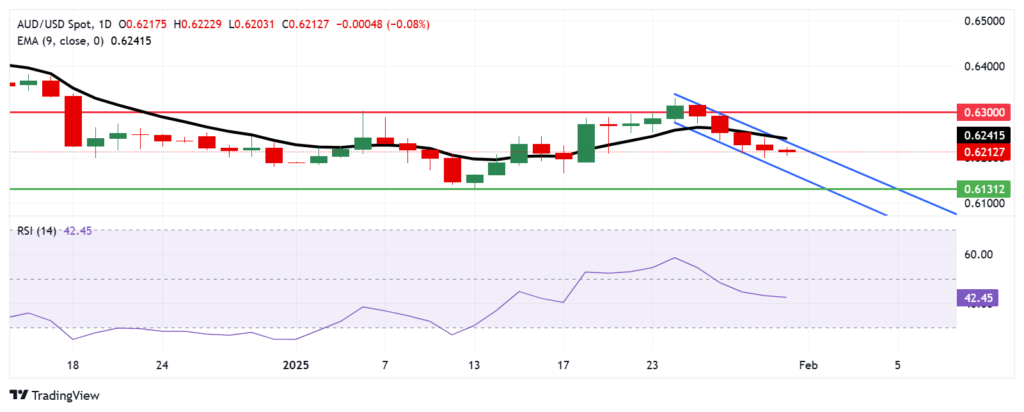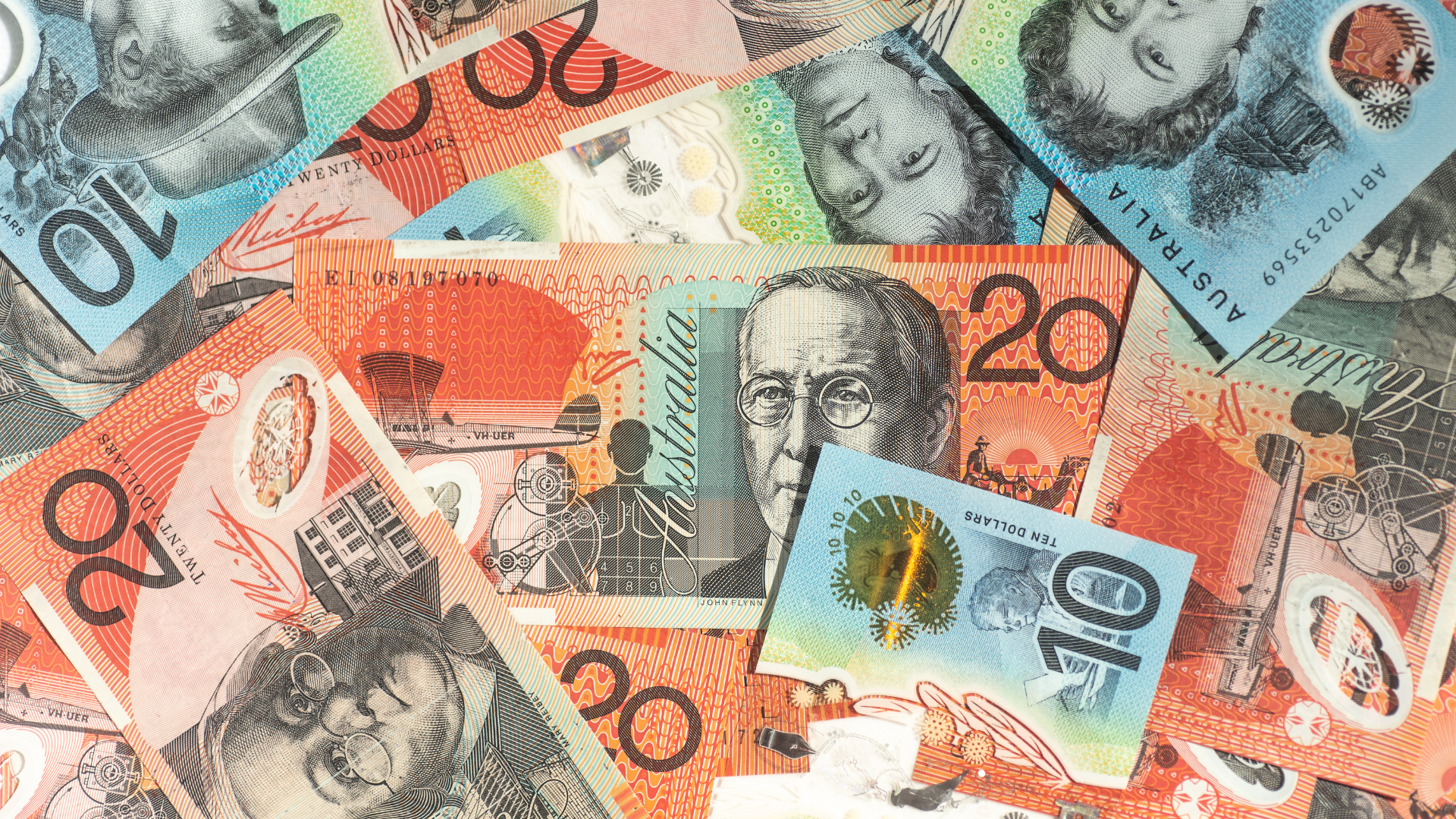The Australian dollar steadied, resisting broader risk-off sentiment as traders positioned ahead of the US Personal Consumption Expenditures (PCE) report. Despite pressure from a stronger US dollar, investors kept demand for the Aussie intact, betting on the Reserve Bank of Australia’s (RBA) hawkish stance to support the currency.
Global markets turned volatile as investors adjusted positions before the inflation report, which could shape the Federal Reserve’s next move. While the US dollar gained strength, the Australian dollar found buyers, signaling that traders remain cautious about making aggressive bets before clearer signals emerge from the Fed.

Rising commodity prices, particularly iron ore, helped bolster the Aussie, offsetting some of the risk-driven selling. However, concerns over China’s economic recovery linger, as slowing demand from Australia’s largest trading partner threatens to cap further gains.
Traders now focus on the US PCE data, which could determine the next major move for AUD/USD. A strong inflation reading may reinforce expectations that the Fed will keep rates higher for longer, pressuring the Aussie. A softer print, however, could weaken the US dollar, allowing the Australian dollar to push higher.
For now, the Aussie holds its ground, reacting to shifting market sentiment while awaiting fresh direction from key economic data and central bank signals. With uncertainty high, the currency remains in a tight range, poised for a breakout depending on the Fed’s policy outlook.













